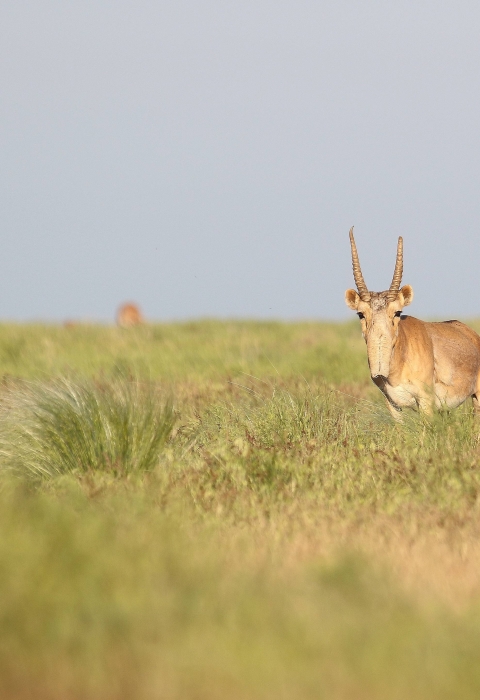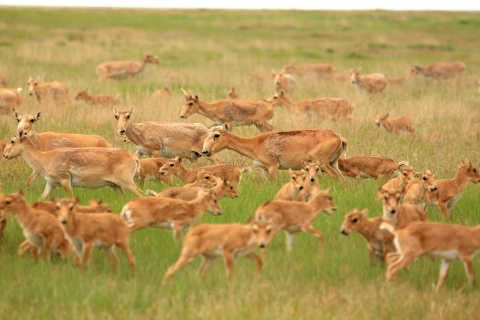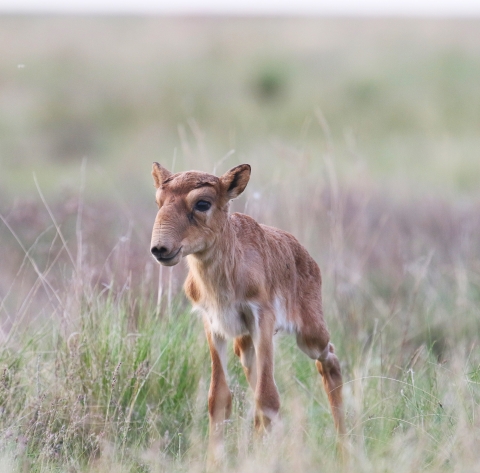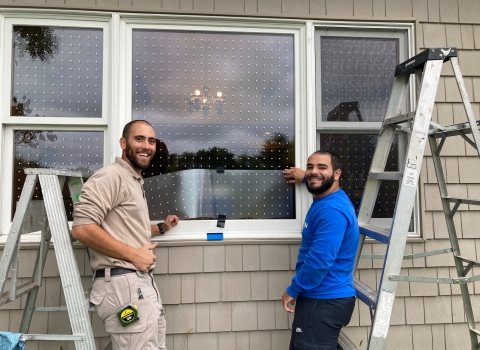In a rare and remarkable conservation success, the International Union for Conservation of Nature (IUCN) has reclassified the saiga antelope (Saiga tatarica) from critically endangered to near threatened on its Red List, signifying a substantial global recovery for the species. Saiga, once close to extinction with a population of only 48,000 in 2005, has experienced an extraordinary rebound in Kazakhstan.
Current estimates now surpass 1.9 million, showcasing a triumph attributable to nearly two decades of dedicated conservation work by governments, non-governmental organizations, research organizations, and the Service, including through our Species Conservation Catalyst Fund (SCCF). The SCCF is an initiative within the International Affairs Combating Wildlife Trafficking Program that supports partners, including those that address the poaching and illegal trade of saiga.
This positive shift, announced on December 11, 2023, highlights the tremendous efforts of national and international conservation initiatives. This success story would not have been possible without the collaborative efforts of numerous organizations, including the Altyn Dala Conservation Initiative, NABU, Wildlife Conservation Society, and WWF-Mongolia, along with the Saiga Conservation Alliance. The Convention on Migratory Species (CMS) also played a pivotal role by uniting governments and civil society organizations across the saiga range. An international Work Programme and Action Plan on the Conservation and Sustainable Use of the Saiga Antelope, in coordination with CITES, facilitated coordinated efforts. These initiatives included anti-poaching measures, habitat improvements, population monitoring, and community engagement.
The Service has provided financial and technical assistance for saiga antelope conservation since 2000. Example initiatives include ensuring saiga populations are protected and conserved in their native habitats, saiga horn stockpiles are quantified and managed transparently, and demand for saiga horn is understood and addressed across consumer countries.
While celebrating this achievement, there is an ongoing need for action to ensure the long-term conservation of saiga across its range. Despite positive trends, challenges such as poaching, disease, climate change climate change
Climate change includes both global warming driven by human-induced emissions of greenhouse gases and the resulting large-scale shifts in weather patterns. Though there have been previous periods of climatic change, since the mid-20th century humans have had an unprecedented impact on Earth's climate system and caused change on a global scale.
Learn more about climate change , disturbance, and infrastructure development persist, posing threats to the saiga's full recovery. While Kazakhstan celebrates a significant recovery, Uzbekistan still lists the saiga as critically endangered. Linear infrastructure and barriers obstructing migratory routes threaten the Uzbek population, emphasizing the importance of tailored conservation strategies.
The reclassification of the saiga antelope is a testament to the power of collaboration, sustained conservation efforts, and long-term support from donors like us. While celebrating this conservation triumph, it is crucial to remain vigilant and address the challenges that lie ahead, ensuring a harmonious coexistence for saiga antelope across its entire range.




